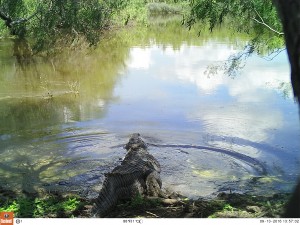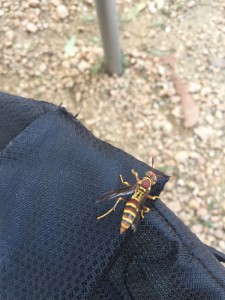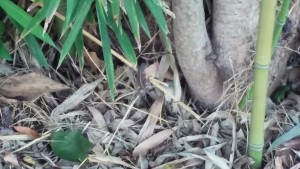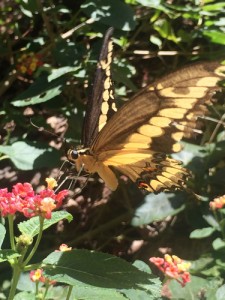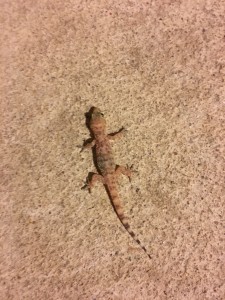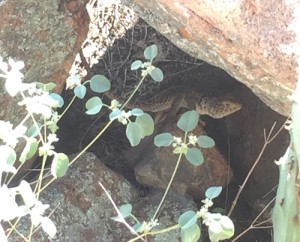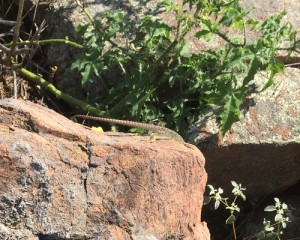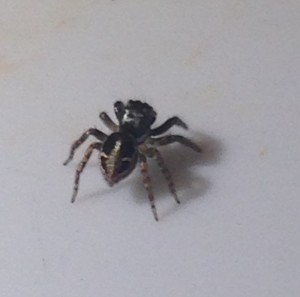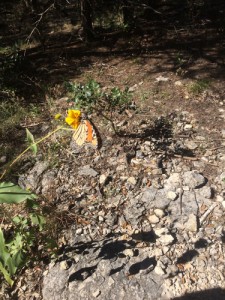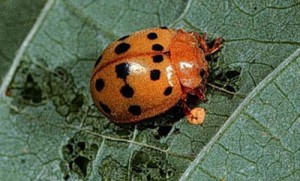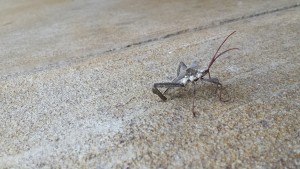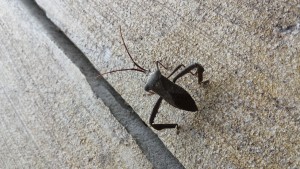A few weeks back I set up a few trail cameras around points of interest in South Texas. I was curious to see what all was coming to this water tank and if, finger’s crossed, there’d be a new alligator in there. Alligators will come and go from this tank with the seasonal rains and this year South Texas received a ton of rain. Sure enough, the camera caught this huge guy. My best guess is that he is at least 10 feet long. Very excited!
Alligators in Texas were once considered endangered mostly due to hunting and loss of habitat, however, in 1969 Texas provided complete protection of the species. It took them until 1984 to completely recover and are no longer on the Endangered Species list. Trade is still regulated but the species are once again thriving.
iNaturalist Link: http://www.inaturalist.org/observations/4471210
